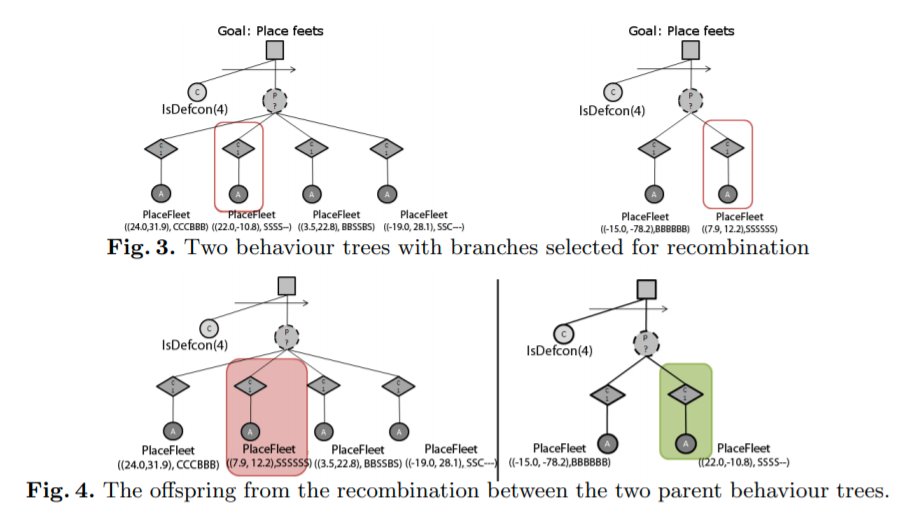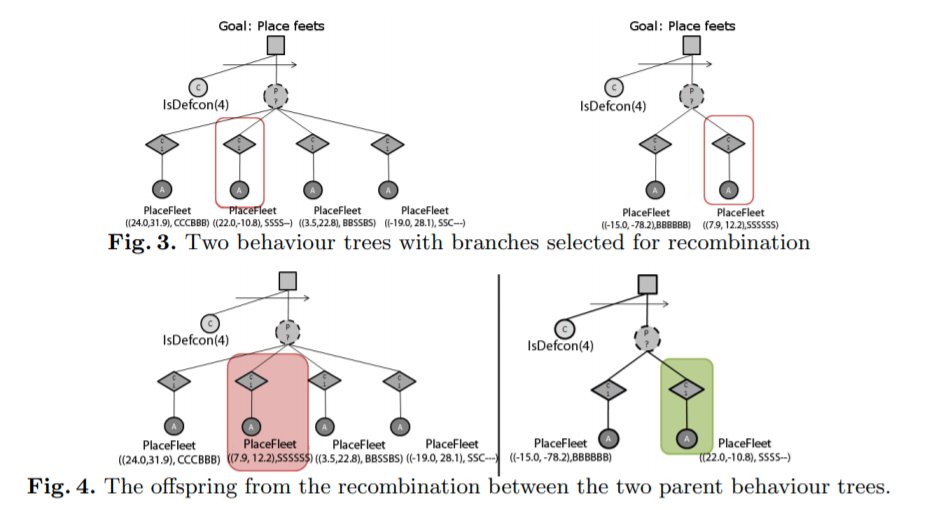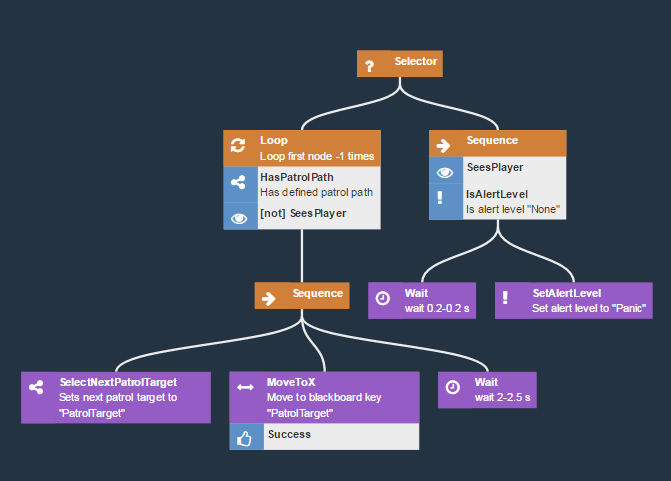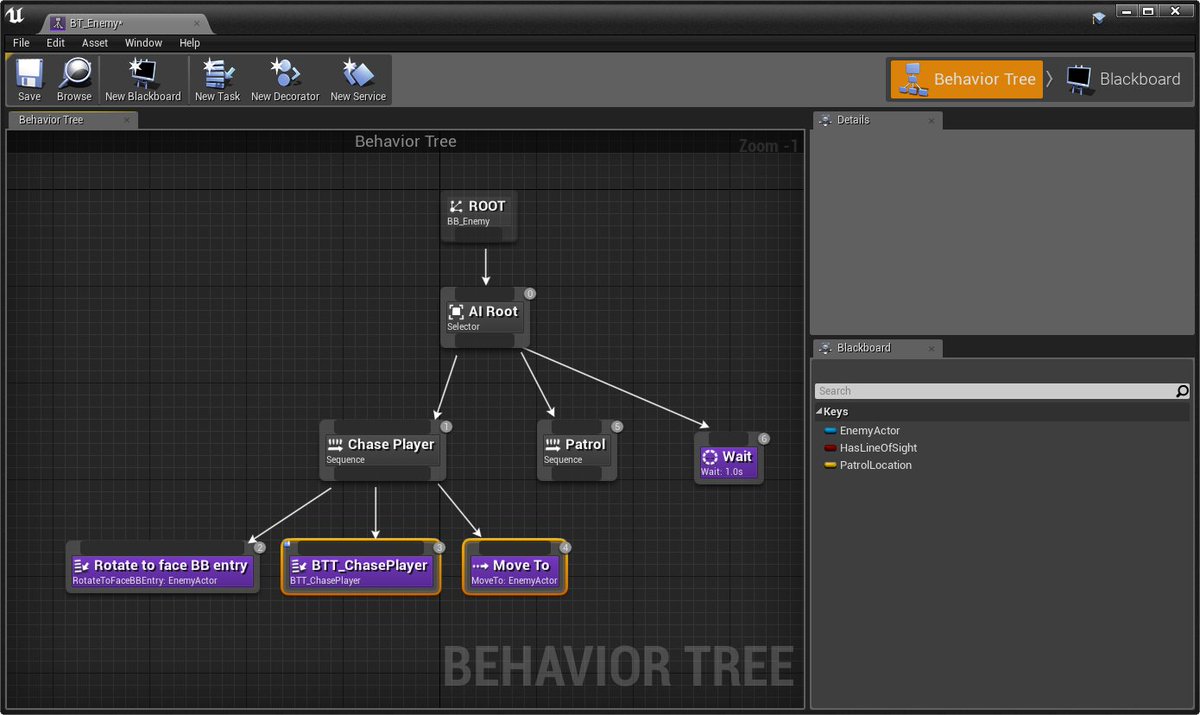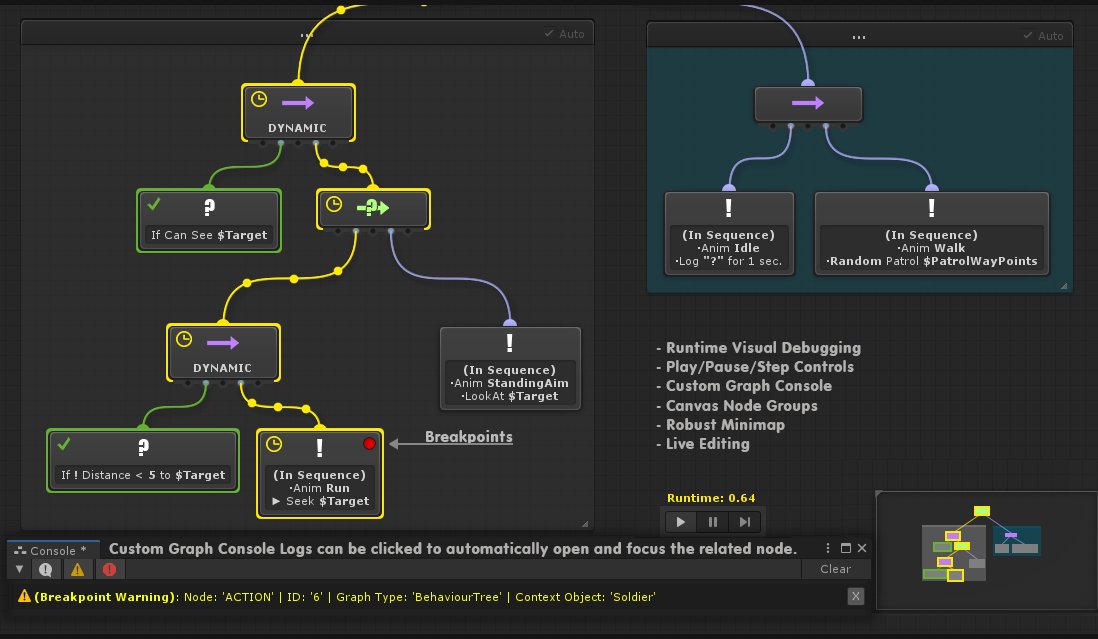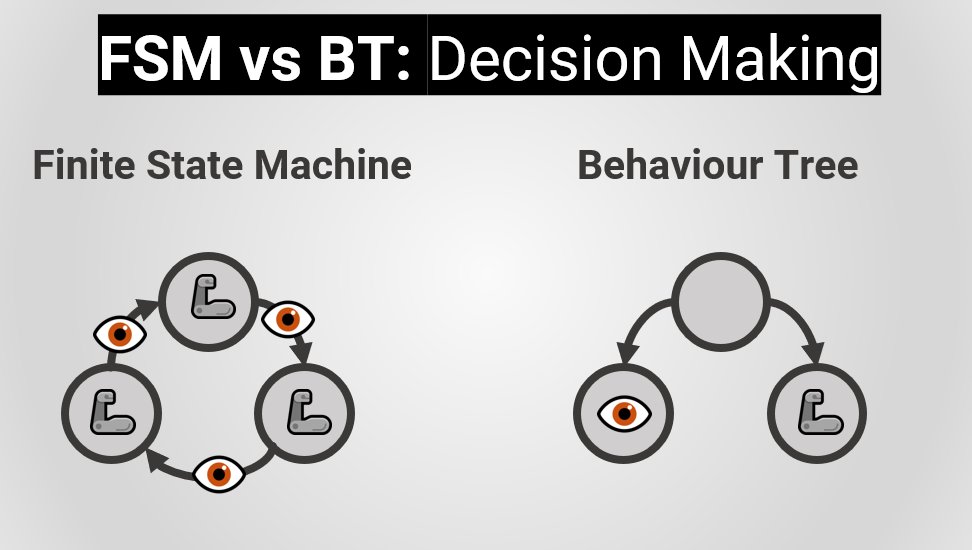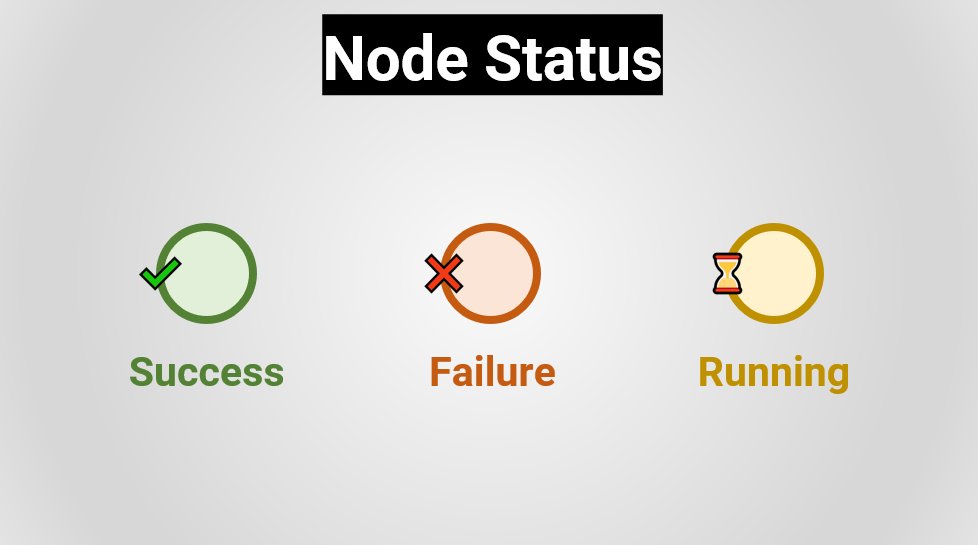
This is a story about the importance of being the first one to cover a topic.
📙 "Artificial Intelligence for Games" by @idmillington & @funge, was published in 2009.
And it featured a diagram which has now possibly become the most popular Behaviour Tree seen in Colleges.
🧵👇
📙 "Artificial Intelligence for Games" by @idmillington & @funge, was published in 2009.
And it featured a diagram which has now possibly become the most popular Behaviour Tree seen in Colleges.
🧵👇

I first realised I had seen this Behaviour Tree before when I noticed the "Barge door" node in someone else's slides.
And from that moment onwards, I have been finding variations of that very Behaviour Tree in virtually every game AI presentation.
Jeremy Gow, Goldsmiths 👇
And from that moment onwards, I have been finding variations of that very Behaviour Tree in virtually every game AI presentation.
Jeremy Gow, Goldsmiths 👇

So, I went on a journey to find out how many other presentations I could discover, which features a variation of that original Behaviour Tree...
Simon Colton & Alison Pease, Imperial College London 👇
Simon Colton & Alison Pease, Imperial College London 👇

In all honestly, these are not really attempts to plagiarise someone else's content. All of these Behaviour Trees are clearly inspired from each other, but have been edited and redrawn to fit the context of each lecture.
Maxim Likhachev, Carnegie Mellon University 👇
Maxim Likhachev, Carnegie Mellon University 👇

And most of those presentations actually referenced the book; either as a source for the diagram, or as part of the course reading list.
Verity Curtis 👇
Verity Curtis 👇

These are only some of the slides I could find online by searching for the words "behavior tree" and "barge door".
But there are probably ten times more, which are not publicly available!
Scarlett Underwood, UC Santa Cruz (Winter 2012) 👇
But there are probably ten times more, which are not publicly available!
Scarlett Underwood, UC Santa Cruz (Winter 2012) 👇

And many, many more presentations might have just used an image of the behaviour tree, making it even harder to find them online.
Steve Rabin, DigiPen, Redmond 👇
Steve Rabin, DigiPen, Redmond 👇

Ultimately, I find deeply fascinating to see how such a simple diagram could spawn countless variations across the world.
Fabrizio Santini, Tufts University, Massachusetts 👇
Fabrizio Santini, Tufts University, Massachusetts 👇

If you have seen someone else using one of those diagrams—or even making their own variation—please get in touch with me! 🙏
Like Pokémons, I would love to catch them all!
Edirlei Soares de Lima 👇
Like Pokémons, I would love to catch them all!
Edirlei Soares de Lima 👇

And who knows, perhaps even making a phylogenetic tree trying to reconstruct how this small Behaviour Tree managed to silently conquer the world of Higher Education.
One PowerPoint slide at a time.
Michael Lynch & Mei Si, Rensselaer Polytechnic Institute, New York 👇
One PowerPoint slide at a time.
Michael Lynch & Mei Si, Rensselaer Polytechnic Institute, New York 👇

...and this is why *my* version on the most popular Behaviour Tree is about opening doors, but does not feature the word "barge"! 😎 

• • •
Missing some Tweet in this thread? You can try to
force a refresh




